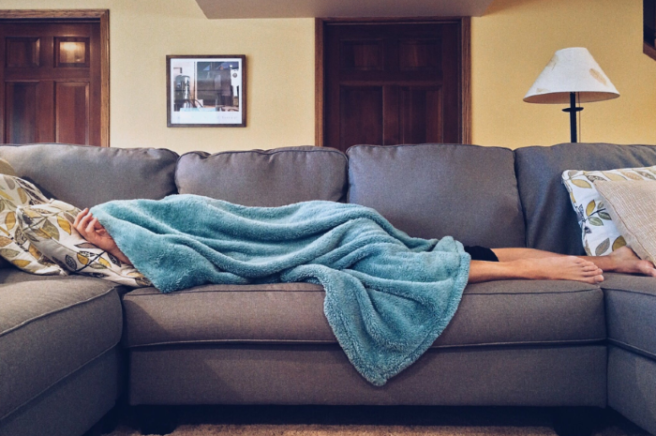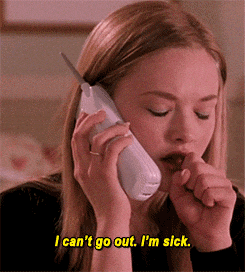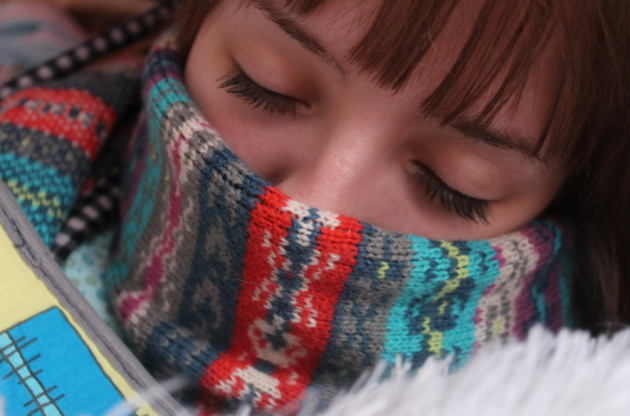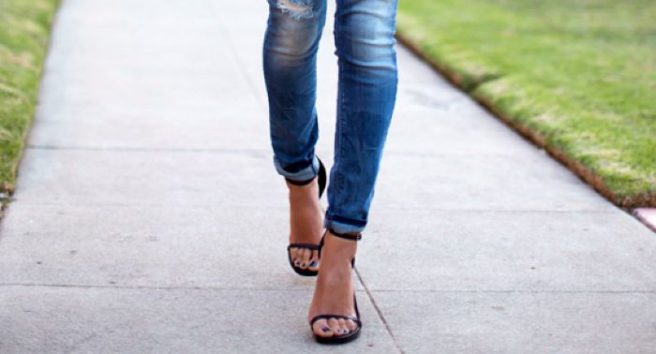
Chronic pain is apparently damaging 35% of people’s sex lives
Tens of thousands of Irish people are facing their romantic and sex lives being damaged by chronic pain, a study revealed yesterday.
1.65 million sufferers nationwide live with acute and persistent discomfort in Ireland, which takes a toll on work, sleep, leisure and relationships.
35 percent of study participants claimed that the persistent pain had deeply affected their sex lives, with 17 percent saying their pain had a huge impact on their physical relationships.

Chronic pain is defined by health experts and doctors as over 12 weeks of consistent pain, with the Irish Society of Chartered Physiotherapists saying three-out-of-four sufferers can't live regular lives
Among those with chronic pain, almost half reported that their ability to sleep had been damaged.
Dr Brona Fullen of the UCD School of Public Health said:
“Living with persistent pain is not easy. Not only does it impact on on physical well-being but also your mental health. Emotions such as worry, stress, anxiety, low mood, fear and anger can develop.”
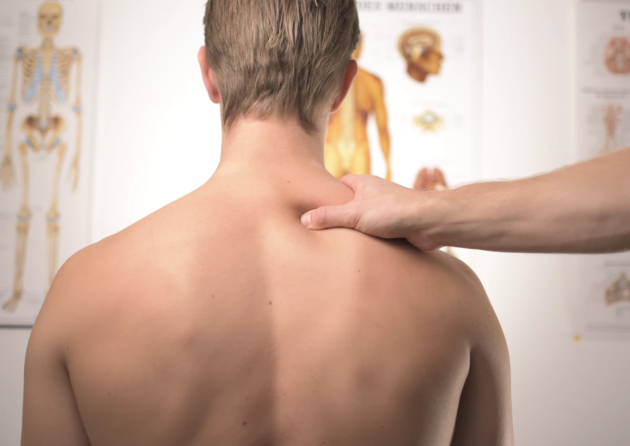
The survey interviewed 1,000 people, with 434 reporting that they had suffered chronic pain at one part in their lives.
75 percent said that it had a negative impact on their social activities and exercise. 70 percent of sufferers admitted that it damaged their ability to take part in family life and playing with their children.
Chronic pain is costing the taxpayer billions each year, according to the ISCP. This Sunday marks World Physiotherapy Day, with the 2019 theme being chronic pain.
The normal tissue healing frame is three-to-six months, and most chronic pain conditions have no apparent biological value. The causes and cures of female pain disorders are especially under-researched.







